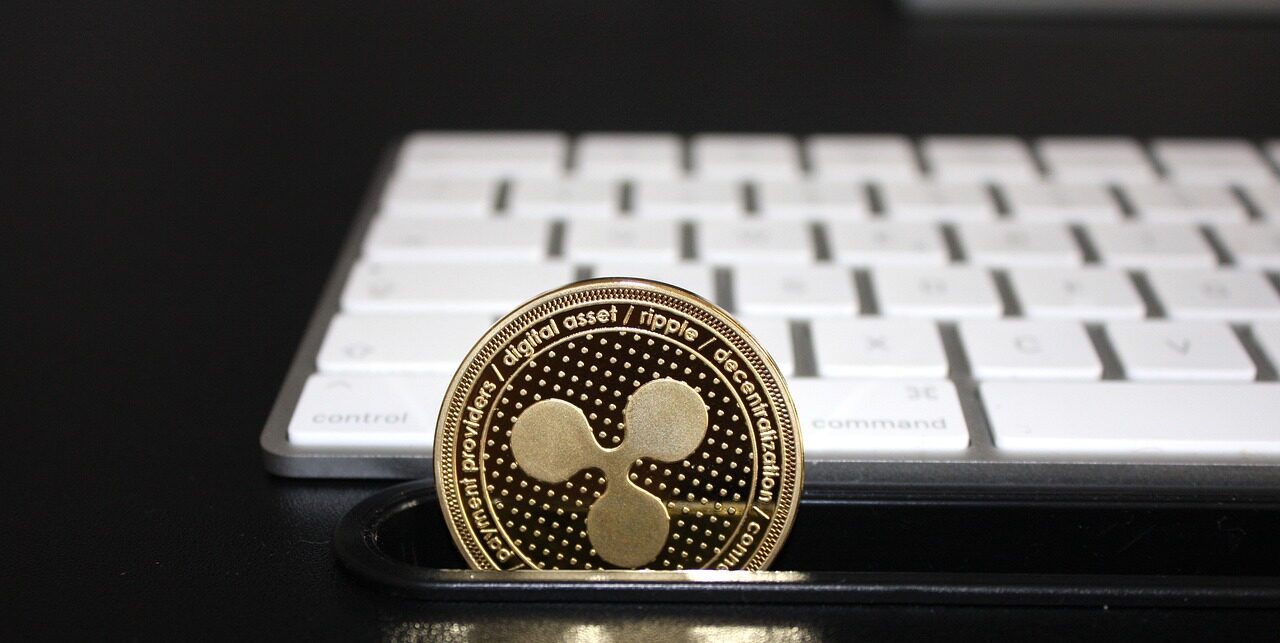Key Insights
- XRP has surged over 11% in the past 24 hours, outperforming major cryptocurrencies like Bitcoin and Ethereum.
- Trading volumes for XRP spike from $1 billion to $2 billion.
- This unexpected rally underlines the close relationship between Ripple’s legal and licensing developments and XRP’s price dynamics.
XRP has surged to the top of the charts over the past 24 hours, outperforming the usual leaders, Bitcoin (BTC) and Ethereum (ETH). XRP’s price witnessed a remarkable 11% increase during this period, only slightly receding at the time of writing.
Latest data from CoinMarketCap indicates that trading volumes ballooned from $1 billion to $2 billion. XRP is now trading at 71 cents and has risen to become the fourth-largest cryptocurrency based on market capitalization, surpassing Binance Coin (BNB).

Why is XRP going up today?
Analysts suggest that the surge in XRP’s price appears to be primarily driven by the spot market, given that liquidations on XRP futures reached over $4.4 million. This significant liquidation volume suggests that high leverage trading might have played a role in boosting the cryptocurrency’s prices.
What’s intriguing is that there isn’t an immediate, obvious catalyst for this price surge on Monday. However, market watchers speculate that the bull run might be a response to two positive developments involving Ripple, the parent company of XRP, from the previous week. Ripple secured vital approvals to offer its services in Georgia and Dubai, which seems to have instilled confidence in XRP investors.
Last Thursday, Ripple announced that the Dubai Financial Services Authority (DFSA) granted approval for XRP, allowing licensed firms in the Dubai International Financial Centre to incorporate and provide XRP to clients as part of their cryptocurrency services.
Concurrently, Ripple unveiled a collaboration with the National Bank of Georgia (NBG) on the Digital Lari (GEL) pilot project, which will utilize Ripple’s central bank digital currency (CBDC) platform. This platform is already in use by the governments of Hong Kong and Taiwan. It enables institutions to manage the complete lifecycle of the CBDC, including issuance, distribution, redemption, and token burning. Notably, central banks can issue both wholesale and retail CBDCs, enhancing the possibilities for offline transactions.
Although Ripple has traditionally maintained some distance from XRP, which powers a number of its products and the XRP Ledger network, the progress in Ripple’s regulatory cases and licensing endeavors has a discernible influence on XRP’s value.


